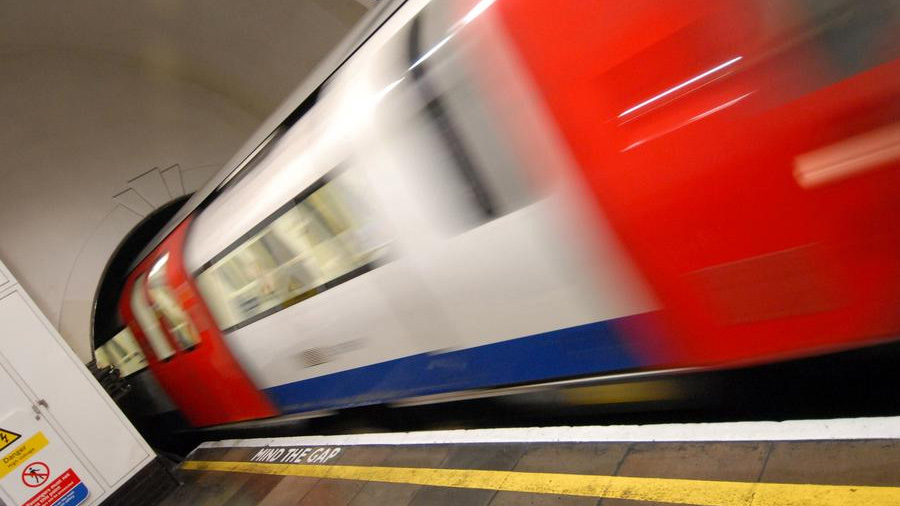Slowing down the London Underground would make your journey shorter
According to a tube of smarties

Running a subway system for maximum efficiency seems like an easy job, right? You tell your train drivers to go as fast as is safely possible, and you move the largest number of people in the shortest amount of time.
But an international team of transportation researchers has found that that's not the whole story - you need to consider where people go when they leave the station. In London, a sizeable chunk of people get into cars for the last leg of their commute, which changes the calculation totally.
To get the most people home as fast as possible, it turns out that it actually makes sense to slow down the Underground a little. Why? Because delivering loads of people onto London's roads as fast as possible is a recipe for massive traffic congestion. If trains ran slower, then congestion wouldn't build up and the journey home would be much less stressful for everyone.
How much slower?
Subway trains currently run on average at 21 miles per hour. The team's calculations, performed using data from OpenStreetMap and a mathematical model, show that in London a speed of 13 miles per hour would be optimal, due to the Underground's decentralised nature.
In New York, however, the subway system is much more centralised and traffic congestion is always terrible, so it still makes sense just to run the trains as fast as possible.
"Even if these studies are still very theoretical, they show convincingly that reasoning with only one transportation mode can be extremely misleading," the researchers wrote in a paper in the journal Interface. "Policymakers cannot limit themselves to a single aspect of an urban system without risking making decisions that are locally correct but globally wrong."
Get daily insight, inspiration and deals in your inbox
Sign up for breaking news, reviews, opinion, top tech deals, and more.
